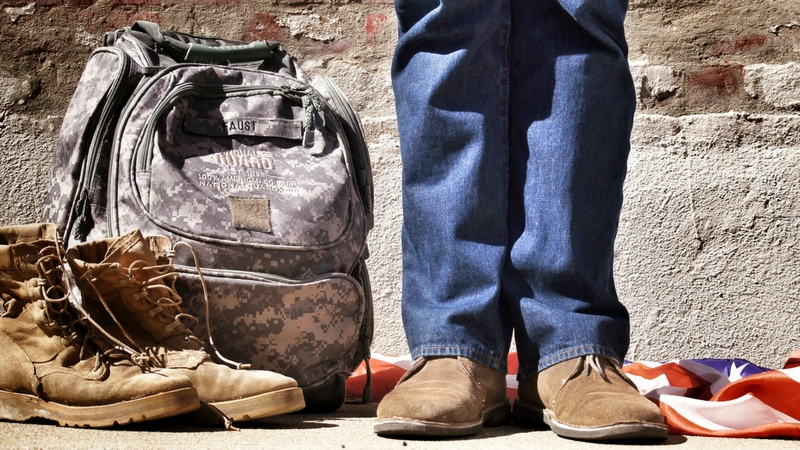Accessing Military Records
Episode #8 of the course Researching your genealogy by Alisa Miller
Welcome to Lesson 8 of researching your genealogy. Today, we’re going to take a look at how to access military records for your ancestors and what you might find within these records.
One question you were probably asking your family when you first started talking about researching your genealogy was who served in the military, or you may have found a family member buried in a military cemetery during your search there. Now is your chance to use that information.
What’s Available Online
The National Archives hosts a site with links to several photos, documents, and databases. Most of this information pertains to the Vietnam Conflict, Korean War, World War I and II, Spanish-American War, Civil War, and the American Revolution. This site has links to information such as casualty records, enlistment records, records of those listed as missing in action or prisoners of war, medals and awards received, and more. While on this site, you will also have access to two other links to National Archives Catalog and Access to Archival Databases (AAD) systems that lead you to more online military records.
Some of the genealogical information you might find from these records include full name, branch of the military in which they served, rank, birth and death dates, marital status, their home of record, and their civilian occupation.
Although the actual military service records and any medical records for an individual are not available online, this information may still be available to you. However, you’ll have to do a little more legwork to make that happen.
Requesting Information
Some files for military personnel are available to the public, and some are restricted to veterans themselves or their next of kin. If the person you are researching was discharged from the military prior to or in 1955, these records are available to anyone. However, since these records are archived, you will need to pay a copying fee to get the records, and that fee can be $25 to $70 per record. You can request those records here.
If you are the next of kin to a service member, you can request DD 214/separation documents, personnel records, replacement medals, and/or medical records free of any cost. You can order those records online or via fax or mail.
However, in order to request the records, you must have a certain amount of information. The recommendation is to have the person’s name, branch of the service in which they served, social security number, date and place of birth, and service number. You may also be asked to provide proof of the person’s death with something like a death certificate or a published obituary. While this may seem like a lot of information you’ll need to have, the result will be a large amount of information about your family member in return.
Viewing Records in Person
There are military records housed in two repositories in the United States, as well as in several regional microfilm rooms. If you happen to live near or plan to visit these places, you may want to see what you can find there. Records from the Revolutionary War to 1912 are housed in the National Archives Building in Washington, DC. Records from WW I to the present day are housed in the National Military Personnel Records Center in St. Louis, Missouri. The regional microfilm rooms range across the US, and you can view a map of these sites here.
Hopefully, you feel armed to research your family members who served in the military. In tomorrow’s lesson, we’ll learn how to find information about your family members using vital statistics databases.
Recommended book
Courthouse Research for Family Historians: Your Guide to Genealogical Treasures by Christine Rose
Share with friends

